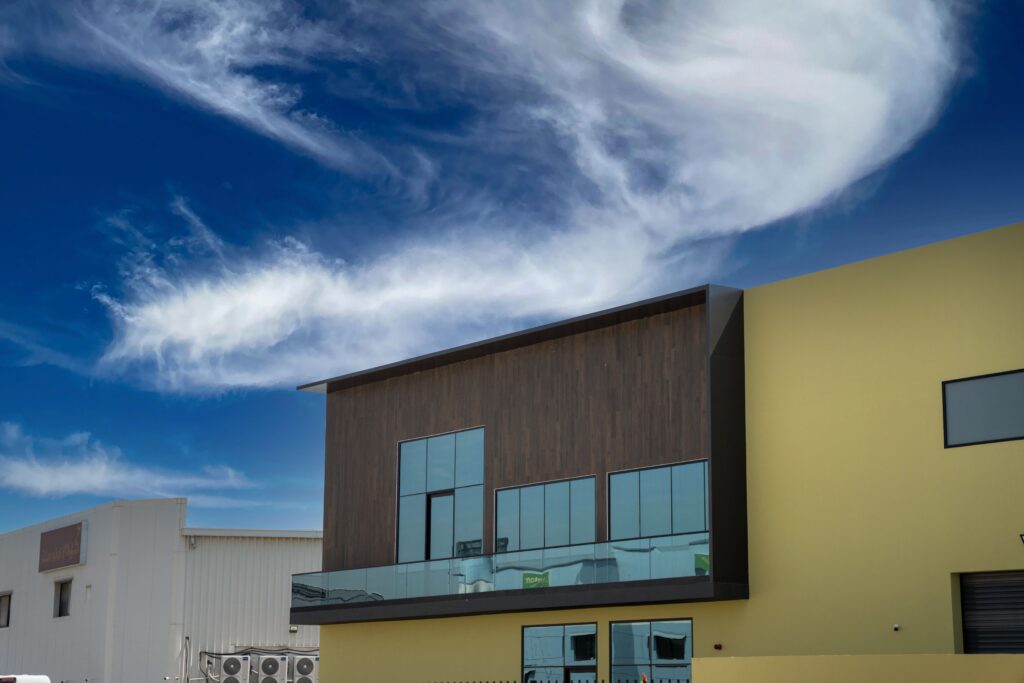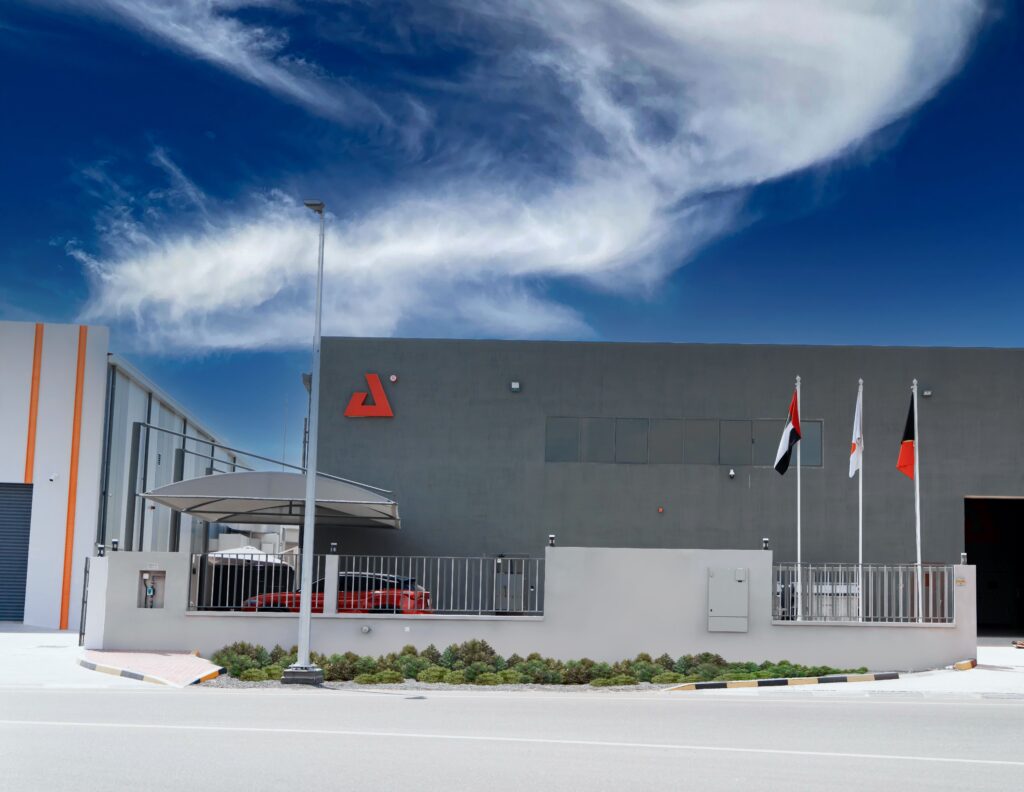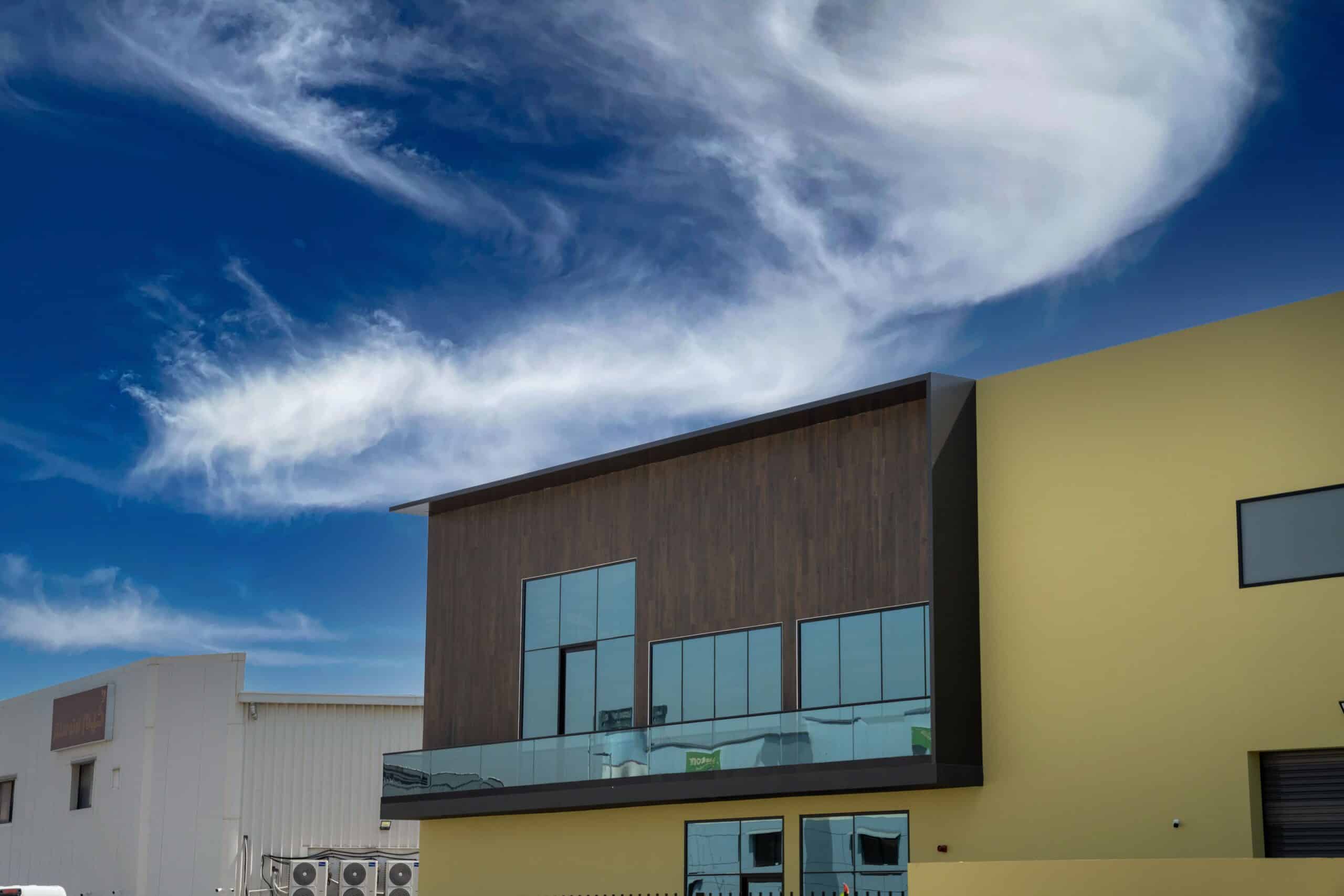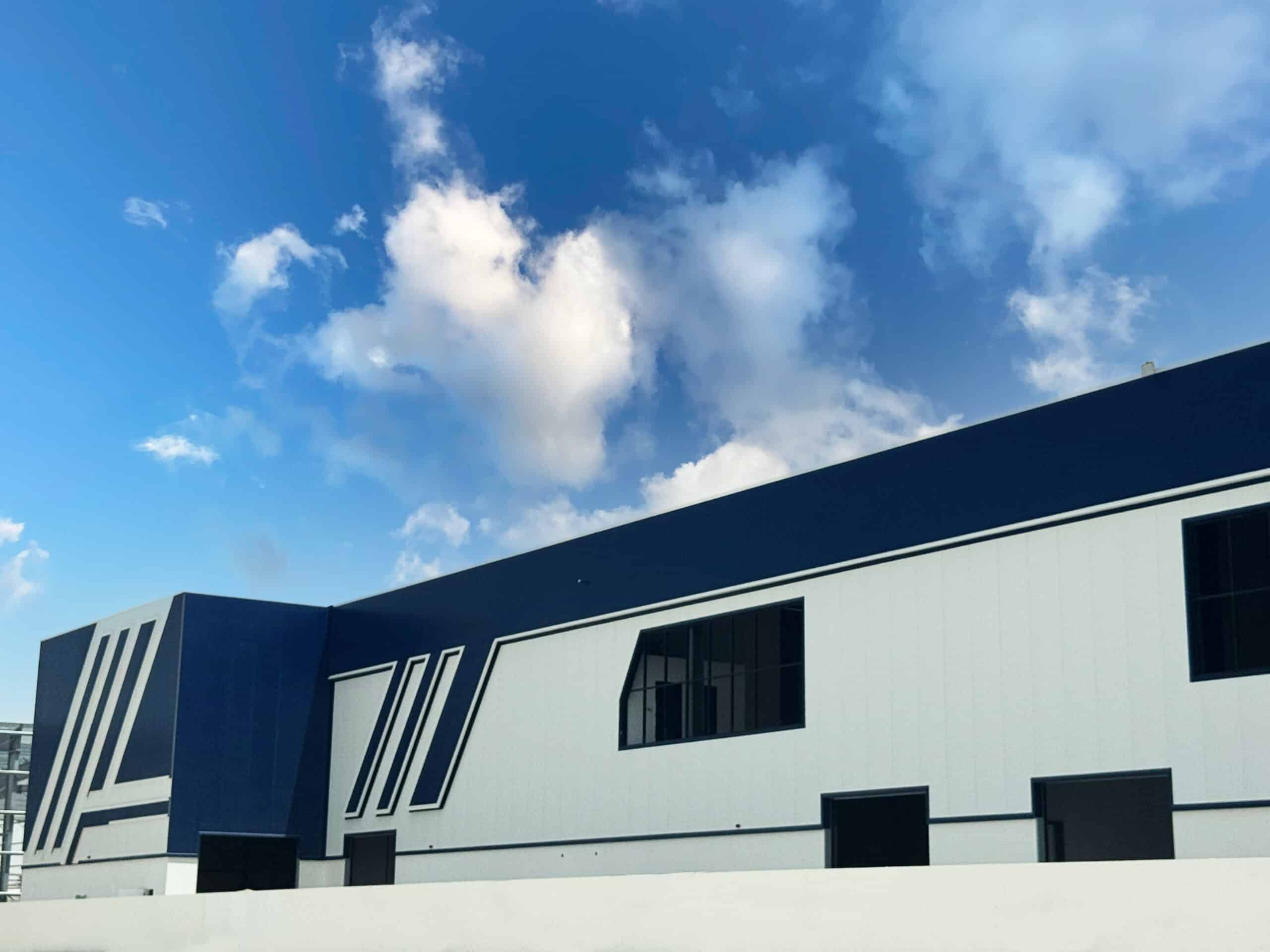Introduction
Stainless steel is everywhere—from your kitchen sink to towering structures in smart cities and the frameworks used by steel frame construction companies. This versatile metal is known for its sleek look, strength, and reputation for resisting corrosion. But here’s the catch: does stainless steel rust? The surprising answer is yes—it can, under the wrong conditions.
Despite its alloy makeup, stainless steel isn’t completely immune to rust. In fact, according to this article the global stainless steel market was valued at $111.4 billion in 2022, and is expected to grow significantly thanks to its widespread use in applications ranging from green energy projects to municipal infrastructure . Understanding when and why it rusts—and more importantly, how to remove rust from stainless steel—is essential whether you’re managing stainless fixtures at home or overseeing large-scale industrial projects.
In this article, we’ll cut through the jargon and break down:
- Why stainless steel can still rust or corrode
- Practical do’s and don’ts for prevention
- Step-by-step solutions for cleaning rust off stainless steel garbage cans, kitchen equipment, and more
By the end, you’ll be equipped to protect your stainless steel investments—whether they’re in your backyard or part of a massive MEP (Mechanical, Electrical, Plumbing) system on a commercial build.

What Makes Stainless Steel Rust-Resistant?
Chromium and the Protective Oxide Layer
The reason stainless steel stands out from ordinary steel is because it contains at least 10.5% chromium. This chromium reacts with oxygen in the air to form a super-thin, invisible barrier called a passive oxide layer. That layer is what keeps rust away — as long as it stays intact.
If that layer gets scratched, contaminated, or chemically damaged, the steel beneath becomes vulnerable. Think of it like armor: once it’s compromised, corrosion can sneak in.
Factors That Enhance or Reduce Rust Resistance
Not all stainless steel is created equal. There are over 150 different grades of stainless steel, and their rust resistance varies based on the amounts of chromium, nickel, molybdenum, and even nitrogen.
- 304 stainless steel is the most common, used in kitchens and appliances.
- 316 stainless steel adds molybdenum, making it more resistant to chlorides (like salt), so it’s better for marine and chemical environments.
Common Stainless Steel Grades and Their Corrosion Performance
- 304 (Good): Great for general indoor use, but not great around salt.
- 316 (Better): Resistant to salt and harsh chemicals.
- 430 (Fair): Lower cost, but more prone to rust.
If you’re working with harsh environments — like coastal cities or industrial plants — going with a higher grade can save you headaches down the line.
Read our guide: Steel Construction – A Complete Breakdown
Does Stainless Steel Rust
When and Why Does Stainless Steel Rust?
Let’s set the record straight: does stainless steel rust? Yes — but not easily. When the passive chromium oxide layer is damaged and can’t regenerate (due to poor maintenance or harsh conditions), rust can form. The culprits? Salt, heat, grease, strong acids, and poor air circulation.
So, if you’ve spotted reddish-brown streaks on your stainless steel BBQ grill, your garbage can, or kitchen sink — no, you’re not crazy. It can happen, especially if you’re near the coast or using strong cleaners.
Does Alloy Steel Rust?
That brings us to a related question: does alloy steel rust? Definitely. Alloy steel is regular steel that’s mixed with other elements like chromium or nickel — but not in the same amounts as stainless steel. If the chromium content isn’t high enough to form that protective oxide layer, the steel will eventually rust.
Alloy steel is stronger and harder than plain carbon steel, but it’s not as corrosion-resistant unless specifically treated or coated.
How Long Does It Take for Galvanized Steel to Rust?
This one’s tricky. Galvanized steel is carbon steel coated with a thin layer of zinc, which acts as a sacrificial barrier — it corrodes first, protecting the steel beneath.
So how long does it take for galvanized steel to rust? It depends on the environment:
- Indoors? Decades.
- Outdoors in mild climates? 20–30 years.
- Coastal or acidic environments? As little as 5–10 years.
If you’re planning a long-term project in a smart city development or green energy site with lots of moisture and exposure, galvanized might not cut it — stainless or weathering steel might be better.
Read our guide: What Is a Smart City
How to Remove Rust from Stainless Steel
Household Methods for Removing Rust
So what happens if rust already formed on your sink or appliances? Don’t worry — you’ve got options.
- Vinegar & Baking Soda: Apply white vinegar directly to the rust, sprinkle baking soda on top, scrub with a soft brush or sponge.
- Lemon & Salt: Sprinkle coarse salt on the rust and squeeze fresh lemon juice over it. Let it sit, then scrub.
- Ketchup Trick: Yes, really. The acids in ketchup can help break down surface rust. Just smear it on and scrub after 10 minutes.
Commercial and Industrial Rust Removal Products
If DIY doesn’t cut it, there are reliable products out there:
- WD-40 Rust Remover Soak
how to remove rust from stainless steel - CLR (Calcium, Lime & Rust Remover)
- Iron OUT rust remover powder
These are especially helpful if you’re dealing with tools, hardware, or parts used in industrial applications — like those used by steel frame construction companies.
Read our breakdown: Smart Construction Technology
How to Clean Rust Off Stainless Steel Garbage Can
Ah yes — the infamous kitchen garbage can. If you’re Googling how to clean rust off stainless steel garbage can, try this method:
- Wipe the area with vinegar-soaked cloth.
- Make a paste with baking soda and water.
- Apply and scrub with a soft-bristled brush.
- Rinse and dry completely.
- Optional: Add a thin layer of mineral oil or stainless steel polish to restore shine and protect the surface.

Common Types of Stainless Steel Corrosion
Pitting Corrosion and Chloride Exposure
Tiny holes (or “pits”) can form when stainless steel is exposed to chlorides, like in seawater or de-icing salts. 316 stainless steel resists this better than 304.
Galvanic and Bimetallic Corrosion
If stainless steel touches a dissimilar metal (like aluminum or carbon steel) in the presence of moisture, one of them may start corroding — especially at welds or joints.
Crevice Corrosion in Hard-to-Reach Areas
This happens in small, tight spaces — like where two metal parts meet — where moisture lingers and air can’t circulate.
General Surface Rust and Mechanical Damage
Scratches from steel wool or iron tools can break the protective layer and introduce contaminants that lead to rust.
What Causes Stainless Steel to Rust?
Environmental Factors Like Salinity and Humidity
Smart cities built along coastlines or in humid climates need to consider how salty air and condensation will affect exposed metal structures. Green energy facilities near the ocean face similar concerns.
Read our guide: How Do Green Buildings Save Energy
Improper Fabrication and Iron Contamination
Using the wrong tools — like a grinder previously used on plain steel — can contaminate stainless surfaces with iron particles, which act as corrosion triggers.
High Temperature Exposure and Oxide Breakdown
Extreme heat (like in welding or industrial processes) can cause scaling, which breaks the oxide layer and leads to rust. If you’re building anything that involves heat — like exhaust systems or sterilization equipment — pick your grade carefully.
Read our guide: Building Materials Used in Hot and Dry Climate
How to Prevent Rust on Stainless Steel
Smart Design and Placement Choices
Design for airflow, avoid water traps, and plan drainage in areas exposed to moisture. These basic steps make a huge difference in preventing rust — especially in long-term infrastructure.
Best Practices During Fabrication
- Use dedicated tools for stainless steel.
- Clean thoroughly between metal batches.
- Avoid contact with carbon steel.
Maintenance Routines and Coating Options
- Clean regularly with warm water and mild soap.
- Avoid chlorine-based cleaners.
- Apply rust-resistant coatings or sprays, especially for outdoor applications.
Bonus Insight: MEP Full Form & Why It Matters
In case you’re working in construction or facilities design: MEP Full Form stands for Mechanical, Electrical, and Plumbing. These systems often use stainless steel for ducts, pipes, and supports — and understanding how to manage corrosion in these areas is essential for MEP engineers, especially in steel frame construction companies working in smart city developments or sustainable buildings powered by green energy.
Read our guide: MEP Full Form – Explained
Conclusion
So, does stainless steel rust? Yes—but only when its protective layer is damaged or compromised. While stainless steel is engineered to resist corrosion better than most metals, it’s not completely immune. Factors like salt exposure, poor maintenance, high heat, and even using the wrong cleaning tools can all cause it to rust over time.
We covered:
- What makes stainless steel rust-resistant — mainly its chromium content and self-healing oxide layer.
- When and why it rusts — including environmental triggers and fabrication flaws.
- How it compares to other metals — like galvanized steel (which rusts slower) and alloy steel (which is more vulnerable).
- How to remove rust from stainless steel — whether you’re using household tricks or heavy-duty rust removers.
- How to clean rust off a stainless steel garbage can — with simple, effective steps anyone can do at home.
- And finally, how to prevent rust from forming in the first place, especially in professional settings like MEP systems, green energy projects, and smart city infrastructure.
Whether you’re just maintaining your kitchen appliances or sourcing materials for a steel frame construction company, understanding how and why stainless steel rusts helps you make smarter decisions and extend the life of your metal surfaces.
Keep it clean, keep it dry, and let that stainless shine.

